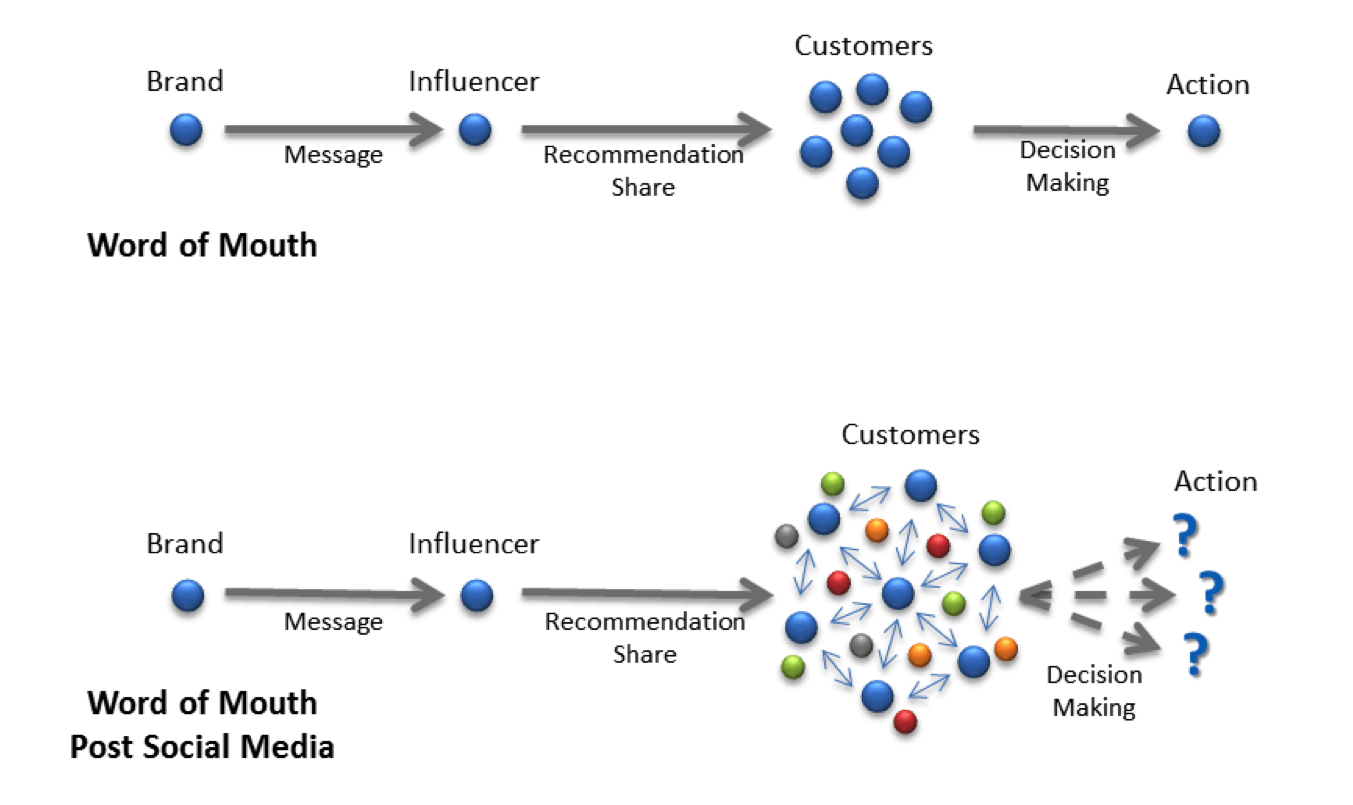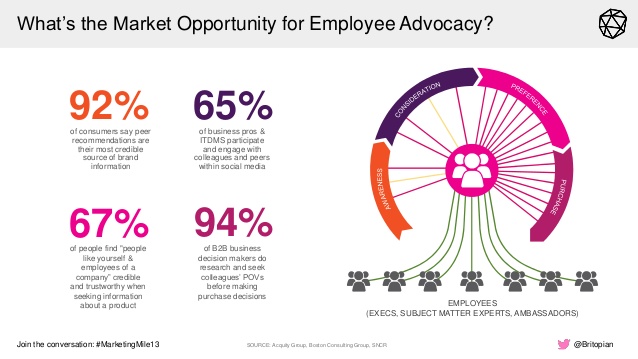 Back in 2012, my friend and colleague Sam Fiorella and I sat down to write what would become Influence Marketing: How to Create, Manage, and Measure Brand Influencers in Social Media Marketing.
Back in 2012, my friend and colleague Sam Fiorella and I sat down to write what would become Influence Marketing: How to Create, Manage, and Measure Brand Influencers in Social Media Marketing.
(Try saying that title after a couple of glasses of wine!)
At the time, influence marketing was still in its infancy. At least, proper influence marketing.
While the term was around, it was geared towards social influence, and gamed by platforms such as Klout and Kred.
Despite what these platforms may have said, they weren’t about real influence. Instead, they defined it according to the size of your social media following.
Which, as any good marketer will tell you, doesn’t really mean squat in the bigger picture.
So, against this backdrop, Sam and I brought our book out.
We looked to redefine how we class influence and influencers, as well as offer a true business framework to use and measure this growing marketing tactic.
Five years on from its May 2013 publish date, I thought I’d look back to see how things have changed and figure out what still needs to happen to make this really about influence.
The Move from Macro- to Micro-Influencers
One of the most gratifying aspects of the past five years (though primarily in the last 18-24 months) has been the move away from macro- to micro-influencers.
The difference in terms is simple: a macro-influencer is someone with a large social following, who has the potential to spread your message to a wider audience.
Macro-influencers can also include celebrities, sports stars, and other well-known people.
They may not have a great affinity with your brand, but they can raise awareness about it in ways your marketing department may not be able to.
On the other hand, micro-influencers usually have a smaller following on social media. They may even be highly respected leaders in your community, offline and online.
When they speak, they inspire the listener to take a dedicated action (your brand’s campaign call-to-action, for example).

They’re also a relevant fit for your brand, either through personal use of your type of products or services, or an existing or previous customer.
Critics can also be micro-influencers, as you can use their critique as a focal point, and work with them in changing perception and opinion.
There have been some great campaigns using micro-influencers in the last few years, as brands begin to see the dangers of using macro-influencers if things go wrong—Fyre Festival, anyone?
While this trend for micro-influencers is welcome, there are still examples of agencies and tech platforms that emphasize social following. Getting past that is still a hurdle, clearly, but it’s getting better.
Tying Influence Marketing to Business Results
When our book was published, one of the biggest issues was around ROI, and tying influence marketing to business results. In fairness, this was true for much of social media marketing, too.
Social media consultants were advising anyone who would listen that “it’s all about the conversation.”
Which is fine—conversation helps brands understand customer pain points.
But at some point, the conversation needs to turn into dollars-bank managers don’t usually take bill payments in comment numbers!
Based on our work with clients and software we were either developing or working with, we showed case studies of how to make influence marketing a true business metric when it comes to ROI for your marketing dollar.
While we’ve seen more of that transparency in the last few years, there are still examples of using soft metrics over quantitative ones.
- Using impressive-sounding video views, but with no case studies on financial results.
- Highlighting showcases of how influencers create their work, but no financial results.
- Advising there was no cost to a campaign because influencers received free product versus getting paid (I guess that product costs zero to make and ship?).
One of the reasons influence marketing has taken so long to get to a mass market approach (at least from a business mindset) is the lack of tangible results shared.
For various reasons, you don’t need to share client details and the minutiae of a campaign.
But showing general ROI will help place influence marketing in the same breath as email marketing and print marketing.
The Rise of Employee Advocacy
While many influence marketing campaigns focus on the influencer and what they can provide to the target audience, one area that remains untapped (for me, at least) is employee advocacy.
Yes, you want your customers to buy your products and, ideally, become raving fans of the business. Well, influence marketing programs can make that happen.
But so many businesses seem to forget or are unaware of the power of their employees when it comes to influence marketing.
Employees who are happy and feel valued, can:
- Be influential in lowering hiring costs by becoming direct referral sources for HR.
- Become a trusted go-to for product training for customers through content made for that business’s target audience.
- Play the role of vocal advocate for the business online and offline. Advocating everything from culture to product, and how transparent the business is with their messaging.
This is particularly true if your business is in the B2B space, where employees and executives directly influence decisions.

We spoke about why we need to make the customer the influencer in our book.
But it’s important to note that empowering employees is an equally important aspect of driving influence marketing at your business.
Where Next for Influence Marketing?
It has been edifying to see changes which have taken place since “the dark days of social scoring.”
And to see the implementation of some methods we spoke about.
But, there are still areas that need improvement.
Remove the “r” from “Influencer”
Yes, it’s true that someone who influences a decision is, technically, an influencer.
Yet we still seem to be using high follower counts.
And, in many cases, social celebrity as a definition of influencer.
Start with the customer or target audience and identify what influences them to make a decision.
Then we can start identifying what that looks like, and it’s not always a person.
Share Real Success Stories
I get it. So many agencies have used impressions, reach, and similar metrics for years when talking about results. But they’re essentially meaningless.
Instead, we need to get into the weeds, share the cost of implementation versus real financial results.
And not just in the short-term, but how influence marketing affects long-term leads, sales, and more.
Keep Ahead of the Game
Seeing an influence marketing program succeed is gratifying, especially when your business/client sees the tangible value to the campaign.
But that’s just the start—you need to maintain and improve, year in and year out.
Your competitors will see your success and want some (we’re already seeing copycat programs for an influence marketing campaign we’re providing a client).
So resting on your laurels isn’t acceptable.
Learn, optimize, continue to excel, and use your influencers to inform the direction they feel you should be looking toward.
Influence marketing has come a long way. It continues to show value, and how a highly targeted, strategic message can find its audience.
Let’s continue to move it in the right direction.